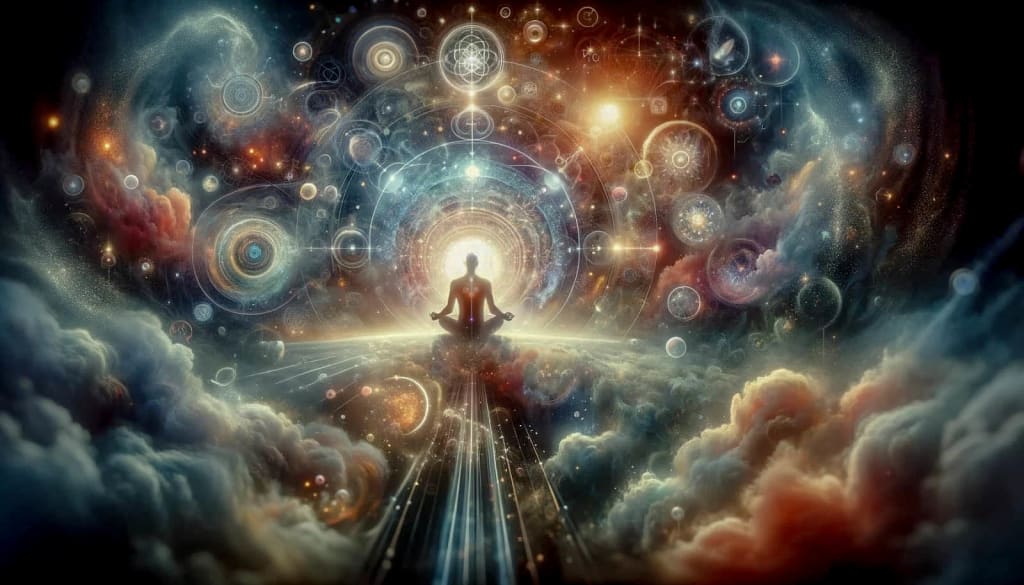Exploring Material Culture and Art:
Unveiling the Soul of Humanity

Material culture and art serve as windows into the human experience, reflecting the creativity, ingenuity, and cultural richness of societies throughout history. In this exploration, we delve into the intricacies of material culture and art, uncovering their significance, diversity, and enduring relevance in the human story.
Understanding Material Culture: Treasures of Human Ingenuity
Material culture refers to the physical artifacts, objects, and possessions created and used by human societies to meet their practical needs and express their cultural values and beliefs. From ancient tools and utensils to modern technology and consumer goods, material culture encompasses a wide range of artifacts that offer insights into the ways in which people lived, worked, and interacted with their environment.
The Role of Art in Human Expression
Art, in its myriad forms, serves as a powerful medium for human expression, communication, and creativity. From cave paintings and sculpture to music, dance, and literature, art reflects the diversity of human experiences, emotions, and perspectives. Through art, individuals and communities can convey their thoughts, feelings, and aspirations, fostering connections and understanding across cultures and generations.
Types of Material Culture and Art
Material culture and art encompass a broad spectrum of objects and expressions, including:
Visual Arts: Visual arts encompass a wide range of mediums and techniques, including painting, drawing, sculpture, photography, and printmaking. Visual artists use form, color, texture, and composition to create works that evoke emotion, stimulate thought, and provoke reflection.
Decorative Arts: Decorative arts include objects and artifacts designed for both aesthetic and functional purposes, such as ceramics, textiles, jewelry, and furniture. Decorative arts often blur the boundaries between art and craft, combining artistic expression with technical skill and craftsmanship.
Performing Arts: Performing arts encompass live performances and artistic expressions that unfold in real-time, such as theater, dance, music, and opera. Performing artists use movement, sound, and gesture to convey stories, emotions, and ideas, engaging audiences in shared experiences of beauty and meaning.
Literature and Written Culture: Literature and written culture encompass written works, manuscripts, books, and literary traditions that capture the imagination and intellect of readers. From ancient epics and religious texts to contemporary novels and poetry, literature reflects the diversity of human thought, imagination, and storytelling.
The Significance of Material Culture and Art
Material culture and art play essential roles in shaping individual and collective identities, fostering creativity, and preserving cultural heritage. Artifacts and artworks serve as tangible reminders of the past, connecting present-day societies with their ancestors and ancestors' achievements. Moreover, material culture and art contribute to economic development, tourism, and cultural diplomacy, generating revenue and fostering cross-cultural exchange and understanding.
Challenges and Controversies in Art and Material Culture
Despite their many benefits, art and material culture also present challenges and controversies, particularly concerning issues of cultural appropriation, ownership, and conservation. The trade and trafficking of cultural artifacts, looting of archaeological sites, and illicit trade in stolen artworks threaten the integrity and preservation of cultural heritage worldwide. Moreover, debates over the representation and interpretation of art and material culture raise questions about power, authority, and whose voices are heard and valued in the cultural landscape.
The Future of Art and Material Culture
In an increasingly globalized and digital world, the future of art and material culture holds both opportunities and challenges. Digital technologies offer new avenues for artistic expression, collaboration, and engagement, allowing artists and cultural institutions to reach broader audiences and preserve heritage in innovative ways. However, digitalization also raises questions about authenticity, accessibility, and the preservation of intangible cultural heritage in a rapidly changing landscape.
Conclusion: Celebrating the Beauty and Diversity of Human Creativity
In conclusion, material culture and art stand as testaments to the beauty, ingenuity, and resilience of the human spirit. From ancient artifacts to contemporary masterpieces, the artifacts and artworks created by human hands reflect the diversity of human experiences, values, and aspirations. As we navigate the complexities of the modern world, it's essential to recognize and celebrate the role of art and material culture in shaping our identities, fostering connections, and preserving cultural heritage for future generations. By embracing the beauty and diversity of human creativity, we enrich our lives and deepen our understanding of what it means to be human.
About the Creator
Mohamed Ali
Mohamed Ali is a passionate writer and researcher with a keen interest in exploring the complexities of human behavior and society through the lens of sociology. With a background in sociology and psychology.
Enjoyed the story? Support the Creator.
Subscribe for free to receive all their stories in your feed. You could also pledge your support or give them a one-off tip, letting them know you appreciate their work.






Comments
There are no comments for this story
Be the first to respond and start the conversation.